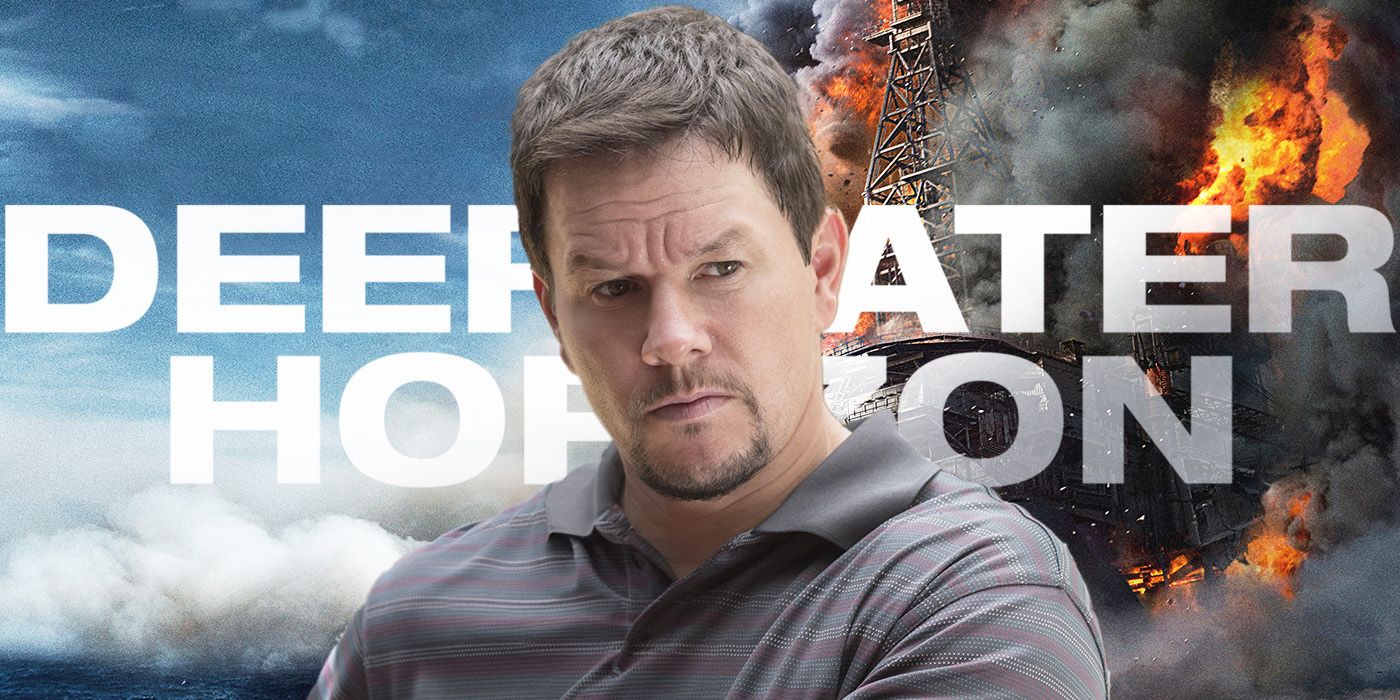The Big Picture
-
Deepwater Horizon
is a chilling recreation of the catastrophic oil rig explosion, accurately depicting the disaster. - The movie simplifies the responsible parties’ roles, but it is praised for accurately portraying the working conditions.
- While some dramatic licenses were taken, the film serves as a reminder of the consequences of a culture of indifference.
Filmmaker, Peter Berg, has had a fascinating career in the industry, as he’s managed to transition between making commercial crowd pleasers to more intimate stories about recent tragedies in American history. While Berg’s work on the action-comedy The Rundown and the football drama Friday Night Lights suggested he had a knack for working on projects of immense scale with incredible casts, it wasn’t until he began his series of creative collaboration with Mark Wahlberg that he proved he could make films with loaded physical commentary. Although the pair’s collaborations on the war thriller Lone Survivor and the Boston Marathon bombing drama Patriots Day have been disputed for their historical accuracy, 2016’s Deepwater Horizon is a chilling recreation of one of the most damaging environmental disasters in American history.
Deepwater Horizon
- Release Date
- September 29, 2016
- Director
- Peter Berg
- Runtime
- 107
- Main Genre
- Drama
- Writers
- Matthew Michael Carnahan , J.C. Chandor , Matthew Sand
- Studio
- Summit Entertainment
What Is ‘Deepwater Horizon’ About?
Inspired by a report in The New York Times by journalists David Barstow, David Rohde, and Stephanie Saul, Deepwater Horizon chronicles the explosion of a semi-submersible mobile drilling unit off the course of Louisiana in 2010. The vessel was owned and operated by the drilling company Transocean, which was employed by the oil and gas company, B,P to drill in the Macondo Prospect field. The driller, Mike Williams (portrayed by Mark Wahlberg) is tasked with inspecting the drilling units ahead of the operation’s beginning. However, both Williams and the Offshore Installation Manager, James Harrell (Kurt Russell), are shocked to discover that many of the employees tasked with overseeing safety precautions have been sent home early, presumably to save BP employment costs and raise their profit margins.
Prior to the commencement of the drilling expedition, Williams, Harrell, and their co-workers, Caleb Holloway (Dylan O’Brien), Shane Roshto (Henry Frost), and Adam Weise (Jaremy Sande) raise their concerns to BP managers, Donald Vidrine (John Malkovich) and Robert Kaluza (Brad Leland), as the employees dispatched early did not conduct a cement bond log to ensure the integrity of the drilling unit. While a negative pressure test concluded that the cement was not properly sealed and could result in a combustion, BP chose to ignore the test results and continue with the assignment. The cement job ultimately failed, resulting in a series of successive explosions that ignited the oil on the drilling unit. The Deepwater Horizon vessel turned into a hostile centerpiece of disaster, resulting in the death of 11 workers.

Mark Wahlberg Was a Hilarious Scene-Stealer in This Absurd Comedy
This unusual dark comedy gave Wahlberg the chance to lampoon himself in one of his funniest performances to date.
The explosion of the Deepwater Horizon created catastrophic environmental damage that continues to affect the biodiversity of the Gulf of Mexico. The rig’s detonation triggered a massive oil spill that is considered the largest in American history, with over 210 million gallons of oil dumped into the ocean in a blowout that lasted over 87 days. While Vidrine and Kaluza were both taken to court on charges of manslaughter, they were dismissed of any responsibility. No other members of BP’s staff were ever charged, and the company was never fully held responsible for the significant environmental damage that the explosion caused.
Who Was To Blame for the ‘Deepwater Horizon’ Explosion?
While the film is largely accurate in depicting how the explosion occurred, Deepwater Horizon simplifies the role that responsible parties played in the disaster’s occurrence. Although the film characterizes Malkovich’s character as the main antagonist, federal officials indicated that the crisis was the result of a culture of anti-science rhetoric within BP’s proceedings. The film suggests that it was Vidrine who conceived of the theory that the ineffective results of the negative pressure tests were inaccurate; in actuality, this notion was initially suggested by a Transocean employee. Federal officials also indicated that the BP managers may have consulted with offsite experts during the early stages of the crisis, which is not depicted in the film.
Despite that, BP settled for a $20 billion charge for the environmental damage, as well as another $4 billion for criminal activity for the role that the company played in the Deepwater Horizon explosion. The film also portrays the rig’s Dynamic Position Operator, Andrea Fleytas (Gina Rodriguez), as having to fight to sound an alarm that would inform the other Transocean employees about the impending danger. However, the real Fleytas testified to the Marine Board that she had been allowed to sound the warning alarm, but was overwhelmed by the sound of warning flashes going off and failed to do so.
‘Deepwater Horizon’ Took Some Dramatic License With Its Story
As with any historical biopic, Deepwater Horizon makes some factual errors in order to make a more dramatically satisfying film. A critical sequence in the film involves Williams helping several of his co-workers jump from the exploding rig to escape onto lifeboat rafts; while Berg’s intense direction makes this a thrilling set piece, in actuality, Williams was the only one that had to jump from the rig. Similarly, a dinosaur tooth that Williams discovers and shows to his wife, Felicia (Kate Hudson), and daughter was simply inserted to help explain how the explosion may have occurred. However, the call that Williams made to Felicia during the midst of the detonation was based on the actual testimony he delivered while recounting his experiences during the crisis.
Although the specifics of the film’s depiction may be up for debate, Deepwater Horizon has been praised by many of the oil rig survivors for accurately depicting the working conditions. There is always concern that using a real tragedy as the basis of a dramatic disaster film could be deemed “disrespectful,” but many of the survivors found that the film depicted the post-traumatic stress disorder that they suffered from in the aftermath in an authentic way. Professionals in the drilling industry have also praised the film for explaining the chain of events that resulted in the combustion. While Deepwater Horizon may be dramatized, it serves as an important reminder of how a culture of indifference can lead to catastrophic damage.
Deepwater Horizon is available to watch on Max in the U.S.
Watch on Max




